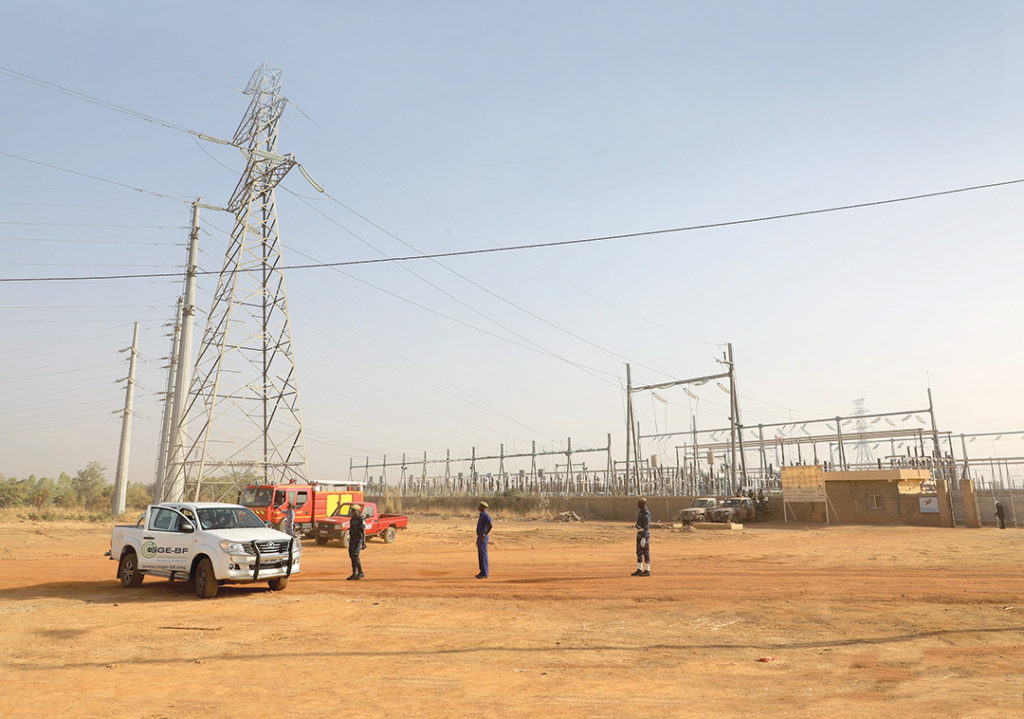AGENCE FRANCE-PRESSE
Burkina Faso is now home to West Africa’s biggest solar farm, a 33-megawatt plant in the town of Zaktubi, outside the capital, Ouagadougou.
The 55-hectare farm, built at a cost of $56.7 million, is expected to power tens of thousands of households in the country. The solar plant is made up of 130,000 polycrystalline silicon panels.
According to the energy website The Agility Effect, the region has plenty of sunshine and little rain. The Harmattan, a wind from the northeast that is often dry and dust-laden, will require the panels to be cleaned frequently, as opposed to once every five years in other parts of the world.
The solar farm was funded through donations from the European Union and a loan from Agence Française de Développement, France’s development agency. French President Emmanuel Macron joined Burkinabe President Roch Marc Kabore to launch the farm.
Records indicate that only about 20 percent of Burkina Faso’s 17 million people have access to the national power system. The majority depend on other unsustainable power generation options. The country is aiming to meet 30 percent of its power needs through solar energy by the year 2030. Most African countries that have depended on hydroelectric and thermal energy are now shifting to solar energy.
South Africa hosts the biggest solar farm on the continent with a 175 megawatt facility in the country’s Northern Cape region. The facility spans 473 hectares and was officially opened in 2016.
The International Energy Agency expects solar energy to represent 14 percent of installed power capacity in Africa by 2030.

